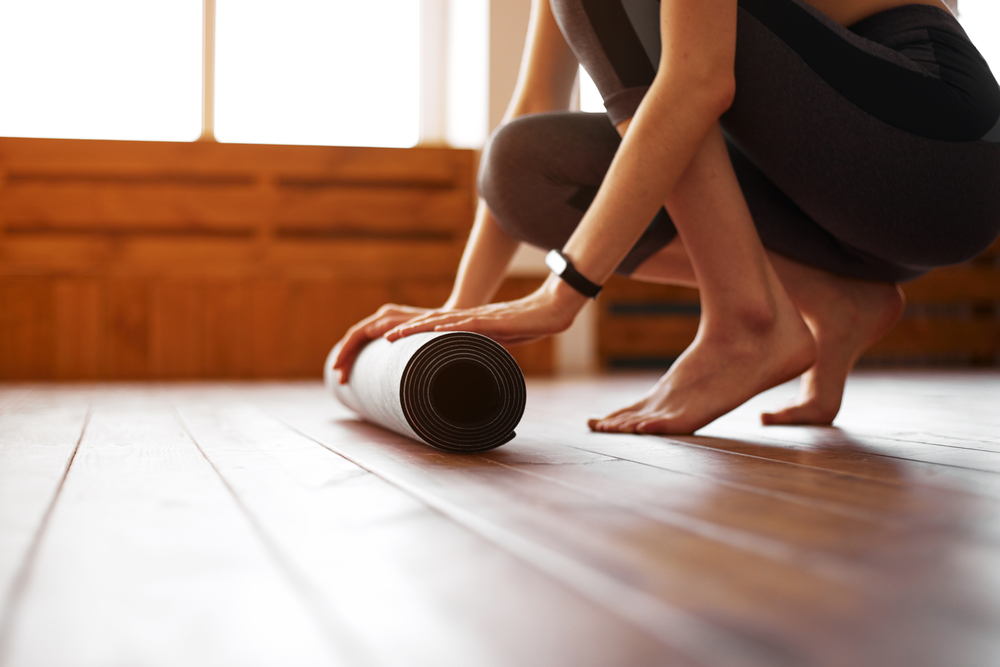Have you considered practising yoga but afraid that it’s going to be too difficult? If you’re unsure if yoga is right for you, don’t be, as it’s the perfect activity for all ages, genders and body shapes.
The expert team behind YogaUOnline believe that anyone can practise yoga, no matter your experience, age, or body shape. As such, they have provided tips on how to begin your yoga journey.
Yoga can help you increase flexibility, strength, balance, and endurance. It can also reduce stress, improve sleep, and boost your mood, which can be beneficial for many individuals. And, let’s face it, who doesn’t want to feel more relaxed and energised?
We know that walking into a yoga studio can feel intimidating, especially if you’re new to the discipline. But, here’s the thing, yoga is not just for those confidently practising at the front of the room, it’s the perfect exercise for anyone and everyone!
Yoga expert Eva Norlyk Smith, founder of YogaUOnline.com comments:
“Yoga is for real people, and anyone can take up the practice. You don’t have to be able to touch your toes or do a handstand to practise yoga and start reaping all the benefits.
“The problem that most people new to yoga run into is that yoga is often taught as a one-size-fits-all. It is not. Like any form of physical fitness, yoga is a skill that you learn and build up over time.
“It’s really important to find the right teacher. Most people can’t just walk into any yoga studio and start practising. For the practice to be rewarding, look for a teacher trained to meet your unique needs.”
So, how do you get started with yoga? The yoga experts at YogaUOnline have provided their top tips:

- Find a beginner-friendly studio
Look for a studio that offers beginner classes or workshops. Many studios also offer gentle or restorative yoga classes, which are perfect for those who are new to yoga or have physical limitations. As a beginner, you want to avoid a mixed-level class as these will cater to a wide range of students, possibly not focusing on beginners’ needs.
- Start slow
Don’t try to do too much too soon. Start with a few poses and gradually build up your practice. Remember, yoga is a journey, not a competition.
- Focus on your breath
Your breath is the foundation of your yoga practice. Pay attention to your breath and let it guide you through your practice.
- Listen to your body
Yoga is not about pushing yourself to the point of pain. Listen to your body and modify poses to suit your needs.
- Use props
Props like blocks, straps, and blankets can help you modify poses and make them more accessible.
- Practise regularly
Consistency is key when it comes to developing a yoga practice. Aim to practise at least 2-3 times per week, and ideally every day if possible. Although, if you struggle for time, don’t worry about not being able to complete a full hour – fit it in around your daily tasks.
- Be patient
Yoga is a practice that takes time to develop. Don’t get discouraged if you don’t see immediate results. Keep practising and you will eventually start to notice changes in your body and mind.
- Focus on your own practice
It’s easy to get caught up in comparing yourself to others in a yoga class, but remember that everyone’s practice is unique. Focus on your own practice and don’t worry about what others are doing.
- Use yoga as a tool for self-care
Yoga is not just a physical practice, it’s also a mental and spiritual one. Use it as a tool for self-care and stress relief. Take time to meditate, practice mindfulness, and connect with your breath.
- Have fun!
Yoga doesn’t have to be serious all the time, so make sure that you have fun with it! Try new poses, play with different sequences, and don’t be afraid to laugh at yourself. Remember, yoga is a journey and it’s okay to enjoy the process.
By following these tips, you can develop a strong and consistent yoga practice that will help you build strength, flexibility, and balance in your body and mind.